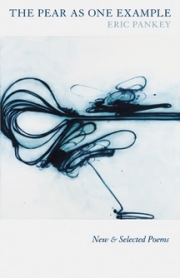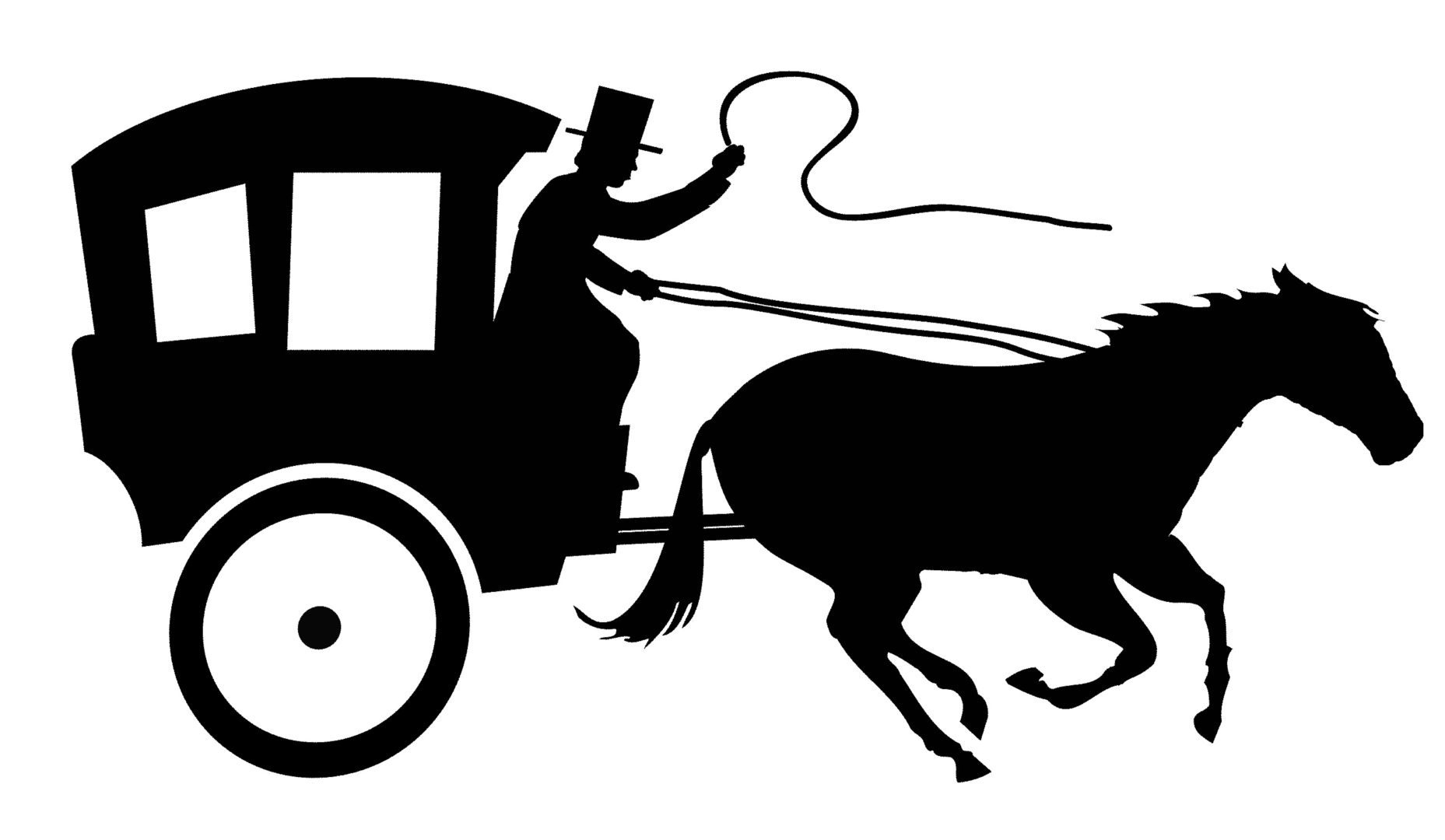Kristina Marie Darling

by Eric Pankey
Ausable Press
2008
$16.00
The Pear as One Example: New and Selected Poems spans thirty-four years of acclaimed writer Eric Pankey’s literary career. Including excerpts from seven previous collections, as well as the more recent sequence “Deep River,” this volume allows readers to observe the nuances of style and thematic continuities within this author’s complex body of work. While already known for his precise and philosophical observations, Pankey’s consistent use of the poetic image as a point of entry to larger questions gracefully unifies the representative pieces within this collection. In doing so, the poems within The Pear as One Example invoke barren landscapes and unremarkable objects, rendering them a gem-like concentration of subjective concepts, which shine with “arctic, oblique light” throughout.
In the earlier collections that are excerpted, for example, the Midwestern landscape frequently becomes a vehicle for Pankey’s exploration of personal and spiritual origin, suggesting that such places and the things contained within them acquire a host of memories and associations. This trend proves especially apparent in a poem from his 1984 collection For the New Year, which is entitled “A Walk with My Father.” In this piece, the author begins with the image of “[a] columbine’s clear violet after noon rain,” and, as the poem progresses, he explores the past experiences and emotions that this small flower evokes for the speaker (15). As Pankey delves into them, they take the speaker to another time and place, and, in the process, he realizes the inexhaustibility of the memories that this image could possibly bring to mind. Just as “[i]t is 1966” and “the heat was visible on the rank air” when the speaker considers this seemingly insignificant emblem from his past, other associations instantaneously complicate it (15). Particularly apparent in Pankey’s depiction of “a carp, or what was left of one,//covered with a glow of flies,” which raises new questions about the ephemeral nature of such experiences, Pankey uses this image and others like it to suggest that one’s origins ultimately remain unknowable (15). In many ways, the speaker’s attempt to unearth his memories only raises new and unfamiliar questions about himself. Like many other works in The Pear as One Example, “A Walk with My Father” uses the subjective to illuminate the objective, in the end suggesting the worlds that are contained within the recollection of a seemingly small “columbine’s clear violet” (15).
Throughout the other collections that Pankey excerpts for this representative volume, such as Heartwood, Apocrypha, and The Late Romances, the poetic image continues to serve as a doorway to much larger questions about the speaker’s interior conflicts, a tendency that he references in a self-conscious fashion in several of the pieces he has selected. In such poems as “The Plum on the Sill,” “Crab Apple,” and “Overcoat,” for instance, the author illustrates the ways in which philosophical questions can be contained within the seemingly inconsequential objects of everyday life. He writes, for example, in “The Plum on the Sill” that “As object, this inspired shadow,/This timorous flourishing,/This dimpled orb,/does not move” (60). As Pankey begins to explore the subjective associations connected with this mundane plum, however, the speaker of the poem realizes that “The linear and the mythic/In its presence veer and curve,” suggesting that one’s own “mythic” and ongoing narrative is often contained in the concrete things that inhabit one’s life (60). In many ways, such poems illuminate others that concern questions of family, love, and loss. For Pankey, knowledge of the metaphysical comes through tangible things, however commonplace they may seem at first glance.
As the book progresses to Pankey’s later collections, such as Cenotaph, Oracle Figures, and Reliquaries, this relationship between the poetic image and the associations it carries, for both the speaker of the poem and the reader, grows increasingly complex. In many ways, the concrete things that the speakers of these poems encounter–which range from “mineral ash” and household goods to stunning landscapes–continually shape the characters’ sense of self and origin. These ideas are exemplified by the poem sequence “Cold Spring Brook,” from the Cenotaph collection published in 2000. In this piece, a fascinating reciprocity exists between the speaker’s “iteration of desire” and the “wetland shallows, rose, and reedbrakes” that he inhabits (118). Pankey writes, for example, in this piece,
He has made of the narrow threshold
Between landscape and contemplation
An unlit altar where he augurs,
Where the thicket reads as a pathway,
Dusk as the dross of molten metal,
as blown smoke, driftwood’s mineral ash . . . . (119)
In this passage, the poet conflates the interior landscape of the speaker with the “blown smoke” and “driftwood” that surround him. As the character forms a “narrow threshold/[b]etween landscape and contemplation,” he ultimately conflates interior with exterior, suggesting an affinity between the two. Like other poems in The Pear as One Example, Eric Pankey’s “Cold Spring Brook” uses poetic imagery to raise larger questions about its interpretation, “smoking” and “shimmering” all the while.
Likewise, as this representative collection unfolds, the poems Pankey has selected continually use this tension between image and interpretation as a point of entry to broader questions about both literature and memory, as well as the intersections that take place between the two. In such poems as “How to Sustain the Visionary Mode,” “A Confessional Poem,” and “Divination at Chapman Beach” from his various mid-career collections of verse, for instance, the author suggests that the poetic image and the everyday things that inhabit one’s life function in much the same way. Just as the “plum on the sill” attains mythic significance from the associations that the speaker of the poem attaches to it, the poetic image, too, for Pankey, serves as merely a loci for subjective ideas. This affinity between image and object remains especially apparent in “A Confessional Poem,” a selection from Pankey’s 2000 collection Cenotaph. In this particular piece, the poet conflates “the story” the speaker attempts to tell with a series of material objects, suggesting that, in many ways, the poem and one’s life remain a process of imbuing the commonplace with greater significance. He writes, for example, in “A Confessional Poem,”
. . . the odor that rises from the book as you open it, the dead language of fossils in a
jag of limestone, the honey on the blade as it’s scraped from the combs. The story,
if he tried to tell it now, would move away from the causal, like all mater, dark and
light, from the trauma of creation. (131)
In other words, Pankey suggests an affinity between the objects the speaker encounters–such as “fossils in a jag of limestone,” “the honey on the blade,” and a “book”–and the story he attempts to narrate. Just as the story forms from a series of images/objects within the context of “A Confessional Poem,” Pankey depicts narrative, whether personal or artistic, as being inextricable from the material world. Just as the piece itself rises from a series of objects and the significances that the speaker attaches to them, Pankey suggests that the trajectory of one’s personal story arises from a similar process. In other words, such works in The Pear as One Example depict poetry as a process of attaching subjective significance to objective things that closely mirrors the ones in which we engage in everyday life. A theme that recurs throughout Pankey’s representative volume, these discussions of image and interpretation present poetry as a process that arises from one’s efforts to find significance in one’s everyday existence, as well as the often unremarkable things that inhabit it.
All points considered, Eric Pankey’s The Pear as One Example offers readers a thorough overview of Eric Pankey’s literary career, which allows one to observe the themes, techniques, and ideas that have recurred throughout his work. Also raising thought-provoking questions about poetic images and their interpretation, this collection from Ausable Press does readers a considerable service by making selections from Pankey’s many books available in one volume.
Kristina Marie Darling is a graduate of Washington University, where she received both an undergraduate degree in English and a master’s degree in American Culture Studies. Eight chapbooks of her work have been published, among them Fevers and Clocks (March Street Press, 2006), The Traffic in Women (Dancing Girl Press, 2006), and Night Music (BlazeVox Books, 2008). A two-time Pushcart Prize nominee, her poems appear in such journals as The Mid-America Poetry Review, Pear Noir!, Illya’s Honey, Big City Lit, and Janus Head: A Journal of Interdisciplinary Studies. Reviews and other criticism have also been published in issues of The Boston Review, Shenandoah, The Colorado Review, New Letters, Pleiades: A Journal of New Writing, and other periodicals. Recent awards include residencies at the Vermont Studio Center, the Centrum Foundation, and the Prairie Center of the Arts, as well as scholarships to attend the Squaw Valley Writers Conference and the Ropewalk Writers Retreat.

